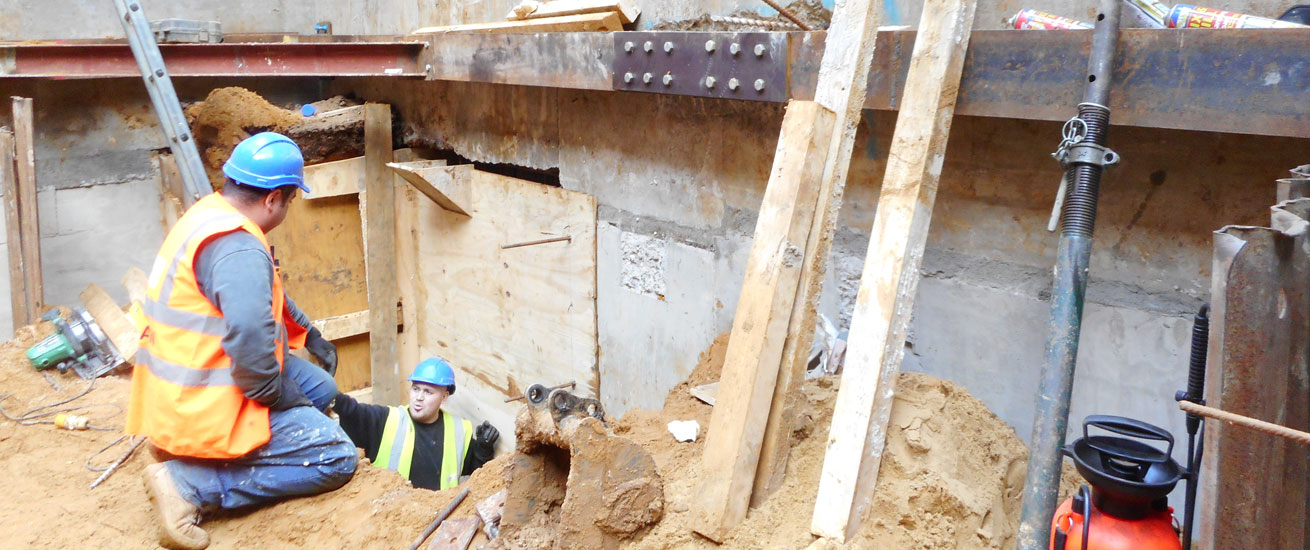Understanding the intricacies of party wall procedures is crucial for property owners in the UK, especially when planning construction or renovation work. This comprehensive guide will provide a step-by-step overview of party wall procedures, ensuring that property owners are well-informed and prepared to navigate this aspect of property ownership.
What is a Party Wall?
Before delving into the procedures, it’s essential to understand what constitutes a party wall. In the UK, a party wall refers to a shared wall, usually between semi-detached or terraced houses, but can also include garden walls or structures that sit on the boundary line.
Party wall procedures are governed by the Party Wall etc. Act 1996 and are in place to ensure that any work carried out on a shared structure does not adversely affect the adjoining owner.
When planning work that involves a party wall, property owners must adhere to the regulations outlined in the Party Wall etc. Act 1996, which includes serving proper notice to adjoining owners and reaching an agreement on the proposed work.
Serving a Party Wall Notice
The first step for property owners intending to carry out work that falls under the scope of the Party Wall etc. Act 1996 is to serve a party wall notice to all affected adjoining owners. This notice should be served at least two months before the intended start date of the proposed work.
The party wall notice should include essential information such as the property owner’s details, the nature and specifics of the proposed work, and the proposed start date. It’s crucial to serve this notice correctly, as failure to do so could lead to disputes or delays in the construction process.
Adjoining Owner’s Response
Upon receiving the party wall notice, the adjoining owner has several options. They can provide written consent to the proposed work, dissent and appoint their surveyor, or concur with the property owner’s surveyor on the appointment of a single ‘agreed surveyor’.
If the adjoining owner dissents and appoints their Party Wall surveyor, both the property owner’s surveyor and the adjoining owner’s surveyor will then appoint a third surveyor to resolve any disputes. This process is in place to ensure that both parties’ interests are adequately represented and that any concerns are addressed.
Party Wall Award
Once all relevant parties have been served with a party wall notice and any disputes have been resolved, a party wall award is issued. This legal document outlines the rights and responsibilities of the property owner undertaking the work and the adjoining owner. It includes a record of the condition of the adjoining property before the work commences, allowing for any potential damage to be identified post-construction.
The party wall award also details the proposed work, working hours, and any other relevant stipulations agreed upon by both parties or, where applicable, by the appointed surveyors.
Commencement of Work
After the party wall award has been agreed upon and served to all relevant parties, the property owner can proceed with the planned work while adhering to the conditions outlined in the award. It’s imperative for property owners to comply with the details specified in the party wall award to avoid any legal repercussions and maintain good relations with the adjoining owner.
Concluding the Party Wall Procedures
Following the completion of the work, the appointed surveyor(s) will carry out a final inspection of the affected areas and document any changes or damages that occurred during the construction process. If any damage is identified, the surveyor will determine the appropriate course of action, often involving the rectification of the damage at the expense of the property owner undertaking the work.
The Bottom Line
Navigating party wall procedures can be a complex and detailed process for property owners in the UK. By understanding the step-by-step guidelines and adhering to the regulations outlined in the Party Wall etc. Act 1996, property owners can ensure a smooth and legally compliant experience when carrying out construction or renovation work involving party walls.
It’s crucial to engage with qualified surveyors, maintain clear communication with adjoining owners, and honour the requirements of the party wall award to mitigate any potential conflicts and ensure a successful outcome for all parties involved.











